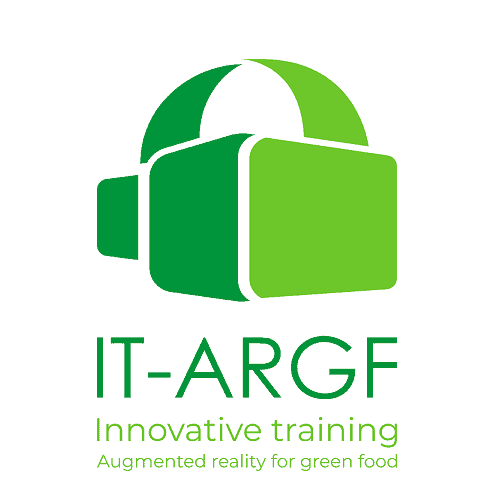Project info
Project info
Project Description:
The Commission in its EU biodiversity strategy to 2020 individualised a set of Actions towards the preservation of biodiversity. Among those the Action 9 “Better target Rural Development to biodiversity needs and develop tools to help farmers and foresters work together towards biodiversity conservation” highlights the necessity to develop rural strategies and programmes tailored for regional and local levels. The Action 10, from the same strategy, aims to “conserve and support genetic diversity in Europe’s agriculture” emphasise the significant importance of elaborating specific agri-environmental measures to support genetic diversity in agriculture as well as a strategy for the conservation of genetic diversity.
The EU Common Agricultural Policy (CAP) stresses that “clarity about land tenure, use and access to natural resources and knowledge” as well as “monitoring and carrying out an Environmental Impact Assessment and taking measures” will help to create a pro-biodiversity agriculture. Indeed, “farmers and landowners should have the means to lower the impacts that their activities have on habitats and species”. The food and Agriculture Organisation of the United Nations (FAO) Commission on genetic resources for food and agriculture report “State of the World’s Biodiversity for Food and Agriculture” evidence that the biodiversity that underpins our food systems is disappearing, putting the future of our food, livelihoods, health and environment under severe threat. Once lost, all the species that support our food systems and sustain the people who grow and/or provide our food, cannot be recovered. Less biodiversity means that plants and animals are more vulnerable to pests and diseases. Thus, the food supply industry and the agricultural sectors should work on a common long-term perspective strategy aimed at activating food security and environmental preservation. The EU policy in the field aims to harness AR and AI to increase yields and motivate farmers around the world. “For vine crops like cannabis, tomatoes and cucumbers, a grower can get 500% more per square metre just by knowing how to take care of the plant, so augmentation through augmented reality has so much potential. The current high demand for food and the growing trend of population ask for actions in the field of food production. The projections of the High Level Expert Forum show that feeding a world population of 9.1 billion people in 2050 would require raising overall food production by some 70 percent between 2005/07 and 2050.Macedonia, Turkey, Greece are one of the world leaders in quality food production and farming of plenty and high-quality agriculture. Yet the opportunities for VET of famers and food producers are very limited, especially in the partners’ language and online. “Innovative Training-Augmented Reality for Green Food ” (IT-ARGF) project, is created to educate farmers in order to prevent farmland biodiversity disappearing and maximise crops capacity by providing tools and knowledge through technology.
Objectives
The project aims at piloting innovative vet curricula providing vet in the field of organic food production with comprehensive competences (knowledge and skills) as well as an innovative technological instrument to enhance biodiversity conservation and performances in the agricultural sector.
Natural areas, including agricultural fields, are influenced by human activities and their sustainable maintenance is only possible with ongoing human intervention. Organic food production and biodiversity preservation are interconnected. The overall objective is to increase the level of competences in the fields of organic food production and contribute to enhancement of biodiversity through a technological framework for joint action.



